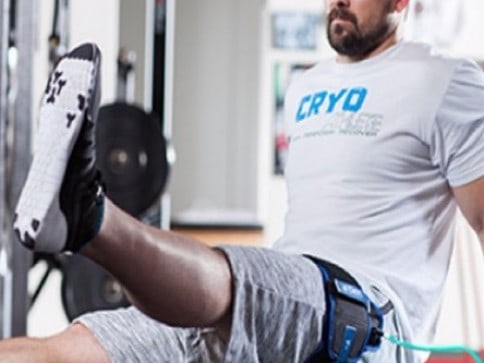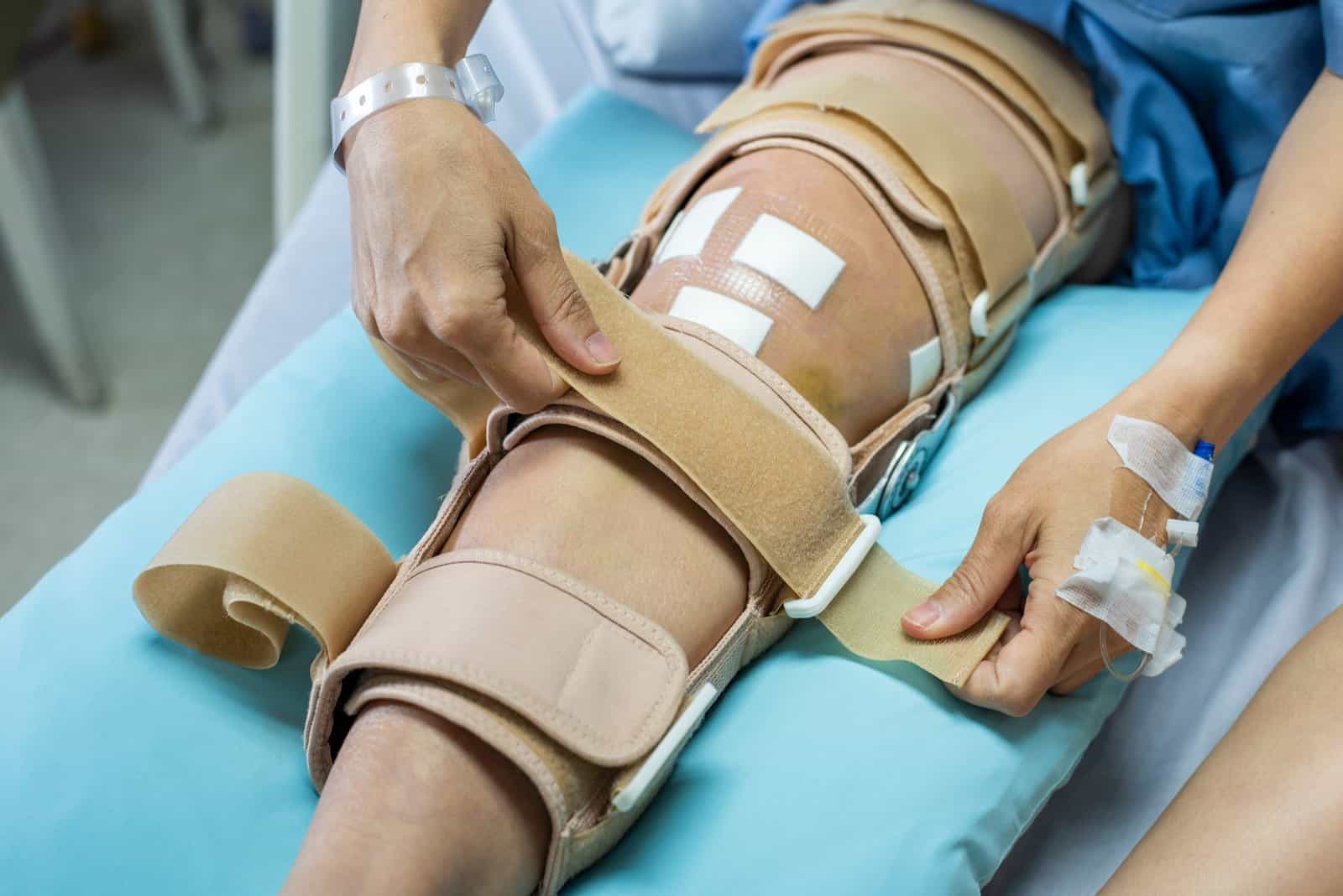Rehabilitation Therapy
-

Understanding Trigger Point Release Massage for Pain
During massage sessions, therapists often discover tight, hyperirritable palpable nodules in their client’s muscles. These are known as…
-

Therapeutic Interventions for Cognitive Decline
Cognitive decline has an adverse effect on occupational performance. It hinders a person’s ability to engage in activities…
-

Enhancing PT Patient Engagement Strategies
PT patient engagement is one of the most important components of successful physical therapy outcomes. When patients are…
-

Injury Prevention Exercises for Athletes
Injury prevention exercises are an important part of any sports training program. These exercises help to strengthen the…
-

5 Keys to Self-Care for Massage Therapists
Massage therapy is a rewarding but physically demanding field. It can take a toll on the body. Many…
-

Creative Interventions for PT Clients on the Autism Spectrum
Physical therapy for individuals with autism requires a unique approach that addresses both sensory and motor challenges. By…
-

Blood Flow Restriction Training for Physical Therapists
Blood flow restriction training is a rehabilitation technique that has gained a lot of traction in the physical…
-

Evidence-Based Physical Therapy for Dementia Patients
Dementia is a progressive condition affecting memory, cognitive function, and behavior. For PT professionals, providing physical therapy for…
-

Splinting Techniques for Athletic Trainers and Rehabilitation Professionals
Splinting is a technique used in athletics to immobilize and support a body part that has been injured,…
-

Massage Therapy for Lymphedema
Massage therapy, especially lymphatic drainage massage, can help reduce swelling caused by lymphedema. It encourages fluid movement and…
-

Best Practices for Occupational Therapists: Dementia Assessment and Staging
Dementia is a major neurocognitive disorder (NCD) that affects millions of people in the United States (American Psychiatric…











